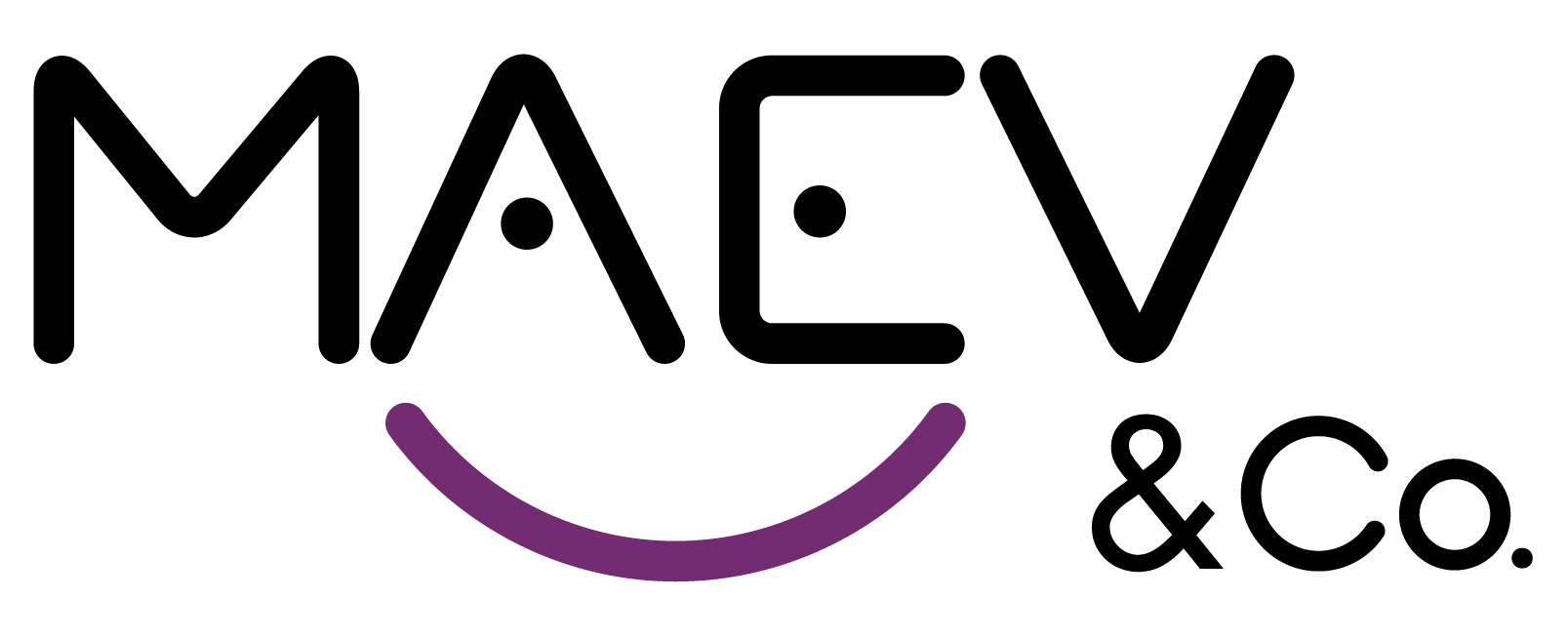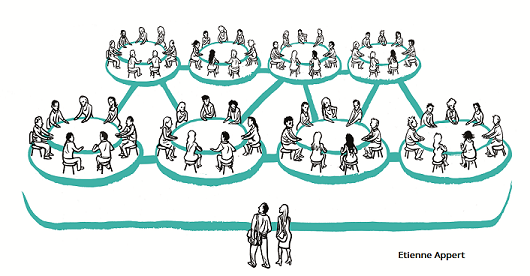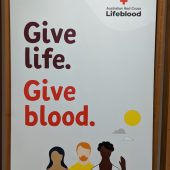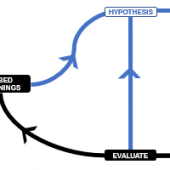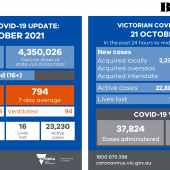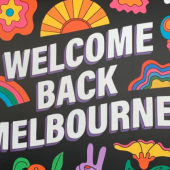A couple of months ago, I suggested to my best friend that I have her kids over for a sleepover for the Labour day long weekend. “It’ll be great, our kids will finally spend more time with each other and they’ll actually grow up knowing one another”.
Pragmatically, I suggested we not lock anything in as we couldn’t predict what Covid restrictions might land in good old Melbourne. I think a silly, small part of me was also leaving it up to the Covid gods; if it didn’t see me fit to host 5 kids aged 3 to 10, it would bloody well intervene. Well, living in the real world, as we do, and thanks to some pretty strict pandemic management (thank you Dan), the long weekend arrived and three kids aged 3, 6 and 8 joined my two, aged 7 and 10.
I’m not quite sure what I imagined the weekend would be like. A little Lost Boys and Neverland chaotic fun hopefully. No serious injuries, a la Disney movie standard.
What transpired was most definitely not Lost Boys, though perhaps a tiny bit of Neverland magic and much more Disney than I expected. They’re really quite incredible kids. And lady luck may have been on our side. Here’s the thing though – I had expected a few personas to come out this weekend..
- Hook: My big parent voice bringing the crew into line.
- Pan: The oldest child dominating and leading the pack
- Tink: That little bit of magic to stay one step ahead and keep us organised, functional and happy
- Wendy: Or perhaps an earth mama leadership keeping us grounded, coperative and in concensus
Curiously, none of these personas played out (well, perhaps not that curious as we’re not a Disney set). But curiouser, these personas came to mind because they really aren’t all that accidental.
They’re stories, and variations of, that we’ve seen play out time and again. The book Reinventing Organisations by Frederic Laloux, helpfully explains why these themes come so easily to mind. It writes of Red, Amber, Orange and Green organisations:
- RED (Pan) one chief defining and enforcing social order and rule of law. Think wolf packs and mafia style management.
- AMBER (Hook) ruling with an iron fist (or err hook) – conformity is key. These groups have replicable processes, organisational hierarchy with job titles, descriptions and reporting lines. We see this style in the army as well as religious organisations.
- ORANGE (Tink) Leadership by meritocracy, these organisations compel groups to perform through accountability and innovation. Think Wall Street banks and today’s commercial organisations.
- GREEN (Wendy) Servant leadership, a family view, driven through a common set of values and works to empower its members. Green organisations define success as outcomes that are beneficial not just to stakeholders, but also to employees, customers, suppliers, local communities, the environment, and in fact, society at large.
While none of these personas truly played out over the long weekend, these 5 kids gave me a taste of what Frederic Laloux presents as the next evolutionary step – Teal Organisations. These are organisations that:
- Recognise that the ability to tame the ego – to minimise the need to control (no single leader), to look good, to fit in – leads to greater outcomes
- Are led by “inner rightness” as the compass for performance
- Value “wholeness”; that ability to be our true selves, without artifice
Note to self: Thank my best friend for sending me children with relatively tame egos.
“Inner rightness” and “wholeness” actually comes rather naturally to children. And while I have so much more to explore of Frederic Laloux’s proposition that Teal Organisations are actually an improvement (to the organisational frameworks that preceded it), for now, I will gleefully say that the weekend’s miniature Teal organisation:
- Required far less management overhead, mediation and arbitration
- Produced injury and damage free participants, environments and guardians for the weekend
- Resulted in a 100% endorsement for another weekend just like it
I suspect, if I were to compare notes with fellow parents, many would find the weekend’s behaviours quite natural; children can actually arbitrate quite well and fairly within their own groups (we just have to trust them and let them exercise that muscle).
Why then do we expect adults to be much less capable? Large organisations today can afford to hire the best – presumeably individuals with more formal and informal life experience, and certainly actual experience optimising for effective outcomes – yet we tend to favour governance models, management by metrics, tend to have high operational costs, grapple with the speed with which we respond to market forces, suffer from varying levels of bureaucracy that limit individual autonomy and more.
According to Laloux, these are the factors that suggest real benefits from moving beyond red, amber, orange, and green organisational paradigms.
